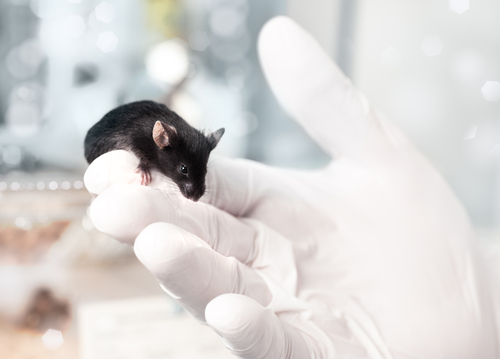Hypoxia May Protect Human Brains Against Leigh Syndrome, Mice Study Suggests

Low levels of oxygen, or hypoxia, may prevent and even reverse brain lesions associated with Leigh syndrome, a mitochondrial disease.
The study, “Hypoxia treatment reverses neurodegenerative disease in a mouse model of Leigh syndrome,” appeared in the journal PNAS.
Leigh syndrome is a rare genetic disorder linked to mutations in mitochondrial and nuclear DNA that usually affects babies and is diagnosed in the first year of life. Clinical manifestations of this disease include progressive loss of mobility, seizures, hypotonia (low muscle tone), dystonia (abnormal muscle tone), gait disturbance and respiratory failure. Patients also have neurodegenerative lesions in one or more brain regions.
Previous studies had shown that a certain hypoxia regimen — breathing 11 percent oxygen (about half of what is found at sea level) — prevented neuronal death and significantly improved survival in mice with Leigh syndrome. That led researchers at Massachusetts General Hospital (MGH) to test the effect of other oxygen levels to further understand how oxygen affects the body’s response to mitochondrial defects.
They found that mice raised in an atmosphere of 11 percent oxygen showed no brain lesions after 250 days of age, whereas those raised in 21 percent oxygen had lesions after less than 60 days. In addition, hypoxia-treated Leigh syndrome mice lived 270 days on average. However, mice breathing 21 percent oxygen only lived an average of 58 days, and mice breathing higher-than-normal oxygen levels (55 percent) died early due to pulmonary edema and brain lesions.
MGH researchers also found that neither regimens of intermittent (breathing 11 percent oxygen for only 10 hours a day) nor moderate hypoxia (constantly breathing 17 percent oxygen) prevented neuronal death in Leigh syndrome mice.
Also, moving mice raised in 11 percent oxygen environment to one with 21 percent sped up the disease and eventual death; this showed that hypoxia treatment requires continuation. However, moving mice from a 21 percent oxygen environment into one with 11 percent oxygen improved brain lesions within five days and increased survival, since most of these mice were alive after 210 days — proving that hypoxia can not only prevent, but also reverse, brain lesions in mice with advanced neurological disease.
“Mitochondrial disorders are very heterogeneous,” the study’s co-senior author, Dr. Vamsi Mootha, said in a news release. “Some of our ongoing work is aimed at determining whether hypoxia therapy will generalize to other models of mitochondrial disease. The results of these studies will help in our design of future translational studies.”
He added: “We’re also working to try and identify other, more practical hypoxia regimens that may be effective. Our vision is to be able to offer patients and their families a therapy that not only halts but heals disease, but we’re still only working in animal models. We’re not there yet, but we’ve got all hands-on deck to push this concept forward.”






